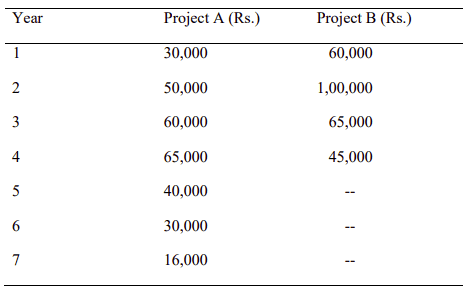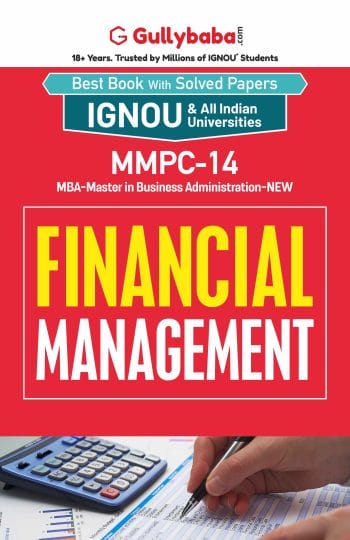IGNOU MMPC-14 (January 2024 - July 2024) Assignment Questions
1. "Investors exhibit three fundamental risk preference behaviours; risk aversion, risk indifference, and risk seeking." Considering the aforementioned assertion, meet with any two retail investors and examine their behaviour in terms of risk preference by comparing and differentiating their investing strategies.
2. Why is cost of capital important for a firm? Discuss, with examples, different methods of computing Cost of Equity capital.
3. What is Financial Leverage and why is it called ‘Trading on Equity’? Explain the effect of Financial Leverage on EPS with the help of an example.
4. In case of a normal Firm where, r=k, which type of Dividend Policy the firm should follow? Identify the above dividend policy model and explain the model in detail.
5. What do you mean by ‘Corporate Restructuring’? Why do firms go for it? Discuss the different modes of Corporate Restructuring.
IGNOU MMPC-14 (January 2023 - July 2023) Assignment Questions
1. Discuss the concepts of ‘Profit maximisation’ and ‘Wealth maximisation’ and analyse which concept is superior to be an objective of a Firm.
2. Meet the Finance Manager of a company/firm of your choice and discuss with him the different sources of Working capital available to the firm. Also discuss which source is better for his firm and why? Write a note on your meeting.
3. Explain the relevance Theories of Dividend and comment which theory is more suited to the Indian Business Environment.
4. Good garden Company has currently an ordinary share capital of Rs 25 lakh, consisting of 25,000 shares of Rs 100 each. The management is planning to raise another Rs 20 lakhs to finance a major programme of expansion through one of four possible financing plans. The options are as under :
(a) Entirely through ordinary shares.
(b) Rs. 10 lakh through ordinary shares, and Rs. 10 lakh through long-term borrowings at 15% interest per annum.
(c) Rs. 5 lakh through ordinary shares, and Rs. 15 lakh through long-term borrowings at 16% interest per annum.
(d) Rs. 10 lakh through ordinary shares, and Rs. 10 lakhs through preference shares with 14% dividend.
The company’s expected EBIT will be Rs. 8 lakh. Assuming a corporate tax rate of 50%, determine the EPS in each alternative, and comment on the implications of financial leverage
5. Arun Engineering Co. is considering two investments. Each requires an initial investment of Rs 1,80,000. The cost of capital is 8%. The total cash inflow after tax and depreciation for each project is as follows:

Calculate the Payback Period, Profitability Index and Net Present Value of both the projects.

 Calculate the Payback Period, Profitability Index and Net Present Value of both the projects.
Calculate the Payback Period, Profitability Index and Net Present Value of both the projects.